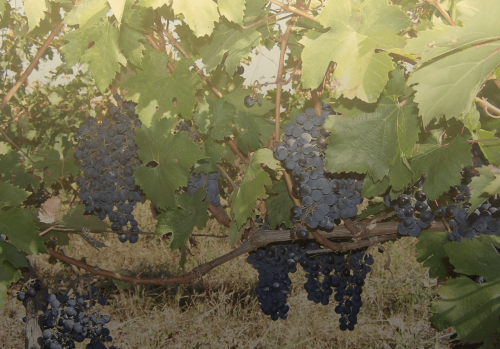The birth of Georgian wine and Qvevri

Read also: Georgian Cuisine: The Best Food in Georgia
In the article you gonna read:
2.The Qvevri: A unique Winemaking Vessel
5.The revival of Georgian wine and Qvevri
Wine, one of the most celebrated beverages in the world, has a rich history dating back thousands of years. Among the ancient techniques used for winemaking, one method stands out for its uniqueness and cultural significance - Georgian Wine Qvevri. This traditional winemaking process hails from the cradle of wine civilization, Georgia, and has been recognized by UNESCO as an intangible cultural heritage. In this article, we'll explore the fascinating birth of wine and delve into the secrets of Georgian Wine Qvevri.
Ancient Origins of Wine
The origins of winemaking can be traced back to the fertile lands of the South Caucasus, where Georgia sits at the crossroads of Europe and Asia. Archaeological evidence points to the existence of winemaking in Georgia dating back over 8,000 years, making it one of the oldest wine-producing regions in the world.

Ancient winemakers used the natural fermentation process, where grape juice was left in clay vessels buried underground, creating a distinctive style of wine.
The Qvevri: A Unique Winemaking Vessel
At the heart of Georgian winemaking lies the qvevri, an egg-shaped clay vessel used to ferment and age wine.

These vessels range in size, from a few liters to thousands of liters, and are buried in the ground to maintain a consistent temperature throughout the year. The clay used to make qvevris is special; it is sourced from specific regions, giving the wine its unique characteristics.
The Winemaking Process
The winemaking process in Georgian Wine Qvevri is a labor-intensive and time-honored tradition. First, ripe grapes, usually harvested by hand, are gently destemmed and crushed.

The crushed grapes, along with their skins, stalks, and seeds, are then poured into the qvevri, and the fermentation process begins naturally, thanks to the wild yeasts present on the grape skins. No additional yeasts or additives are used during fermentation, allowing for a pure and authentic expression of the grapes.
The qvevri is then sealed and buried in the earth, where the wine ages for several months or even years. The porous nature of the clay allows the wine to breathe and develop its complexity. During this time, the wine acquires tannins and a rich amber color, typical of Georgian qvevri wines.
Cultural Significance
Georgian Wine Qvevri is not just a winemaking process; it is deeply rooted in Georgian culture and traditions. Wine holds immense importance in Georgian society, and it is a part of various celebrations, feasts, and religious rituals. Also, If you want to experience drawing with wine, check out our tour - Paint with Wine.

The traditional method of qvevri winemaking has been passed down through generations, keeping the spirit of Georgian winemaking alive.
The Revival of Georgian Wine Qvevri
While Georgian Wine Qvevri has been practiced for thousands of years, its survival faced challenges during Soviet times and beyond. However, in recent decades, there has been a resurgence of interest in traditional winemaking methods.

Small-scale winemakers, as well as larger vineyards, have embraced the qvevri technique, focusing on organic and biodynamic approaches to winemaking.
Conclusion
The birth of wine is a story deeply intertwined with human civilization, and Georgian Wine Qvevri represents a remarkable chapter in this history. With its ancient origins, unique qvevri vessels, and cultural significance, Georgian wine is a true treasure for wine enthusiasts and historians alike. Embracing the traditional methods and preserving this intangible cultural heritage, Georgian winemakers continue to produce exceptional wines that connect the past with the present, making each bottle a true journey through time.




